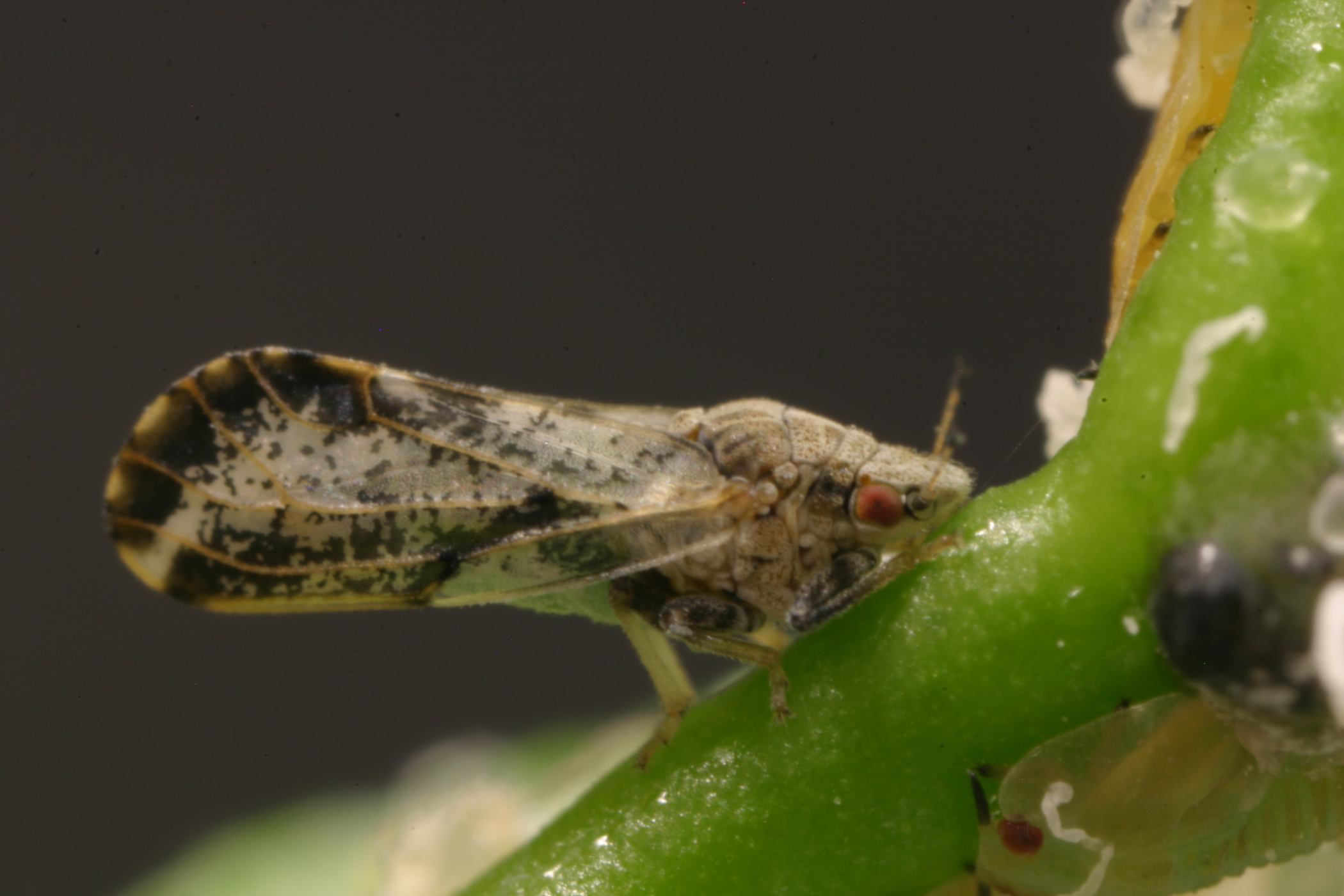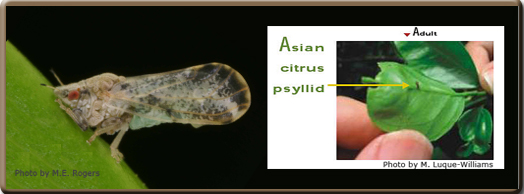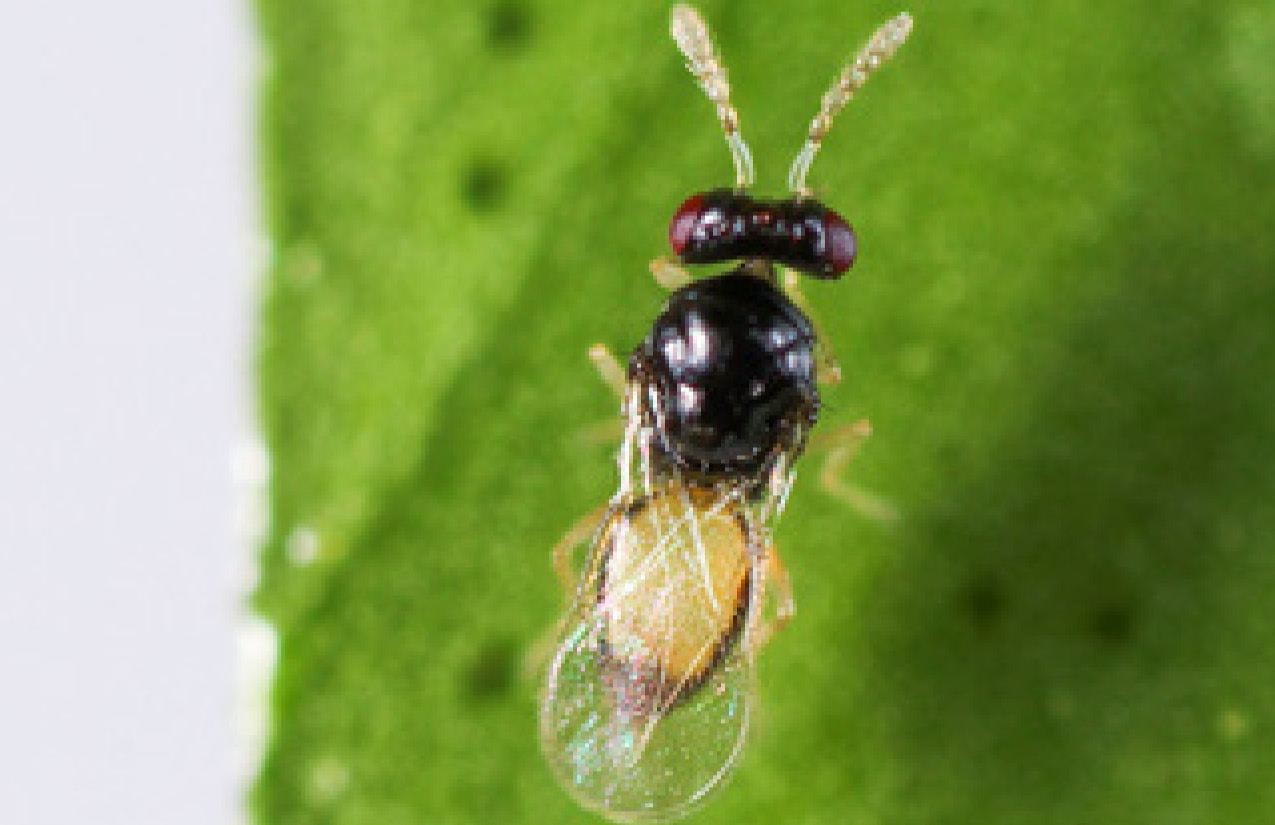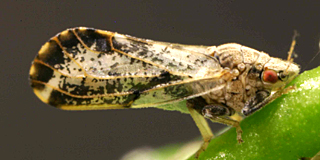Protecting California Citrus Industry
State’s Citrus Industry at a Crossroads
By Patrick Cavanaugh, Farm News Director
Karen Ross, Secretary of the California Department of Food and Agriculture, told California Ag Today recently that the fight to protect the California citrus industry from Citrus Greening is ongoing with many moving parts.
“We are working closely with both with USDA and county ag commissioners to protect our important citrus industry,” she said. “And funding from our federal agency partners is important in the fight.”
“There is a strong sense of urgency, and I honestly feel we’re at a significant crossroads because of the most recent Huanglongbing infected tree finds in Southern California that keep the infected Asian Citrus Psyllid numbers up,” Ross explained.
She noted that the biggest challenge is citrus in the state’s urban areas.
“The beauty of citrus is that nearly every Californian has a citrus plant of some kind. That’s also one of our biggest challenges right now, because we’re very dependent on our urban residential neighbors to allow inspectors to repeatedly go to their door, in order to take samples, and then possibly having to go back and pull trees.
Ross said that the state has dedicated full time leadership to help fight HLB. There’s a lot of moving parts in the program.
“It’s gotten very large, and we’re going do whatever we need to do to make sure California citrus has a long, long part of our history and our economy,” she said.
Ross noted that the Asian Citrus Psyllid isn’t the only pest concerning California agriculture.
“Besides our big Asian citrus psyllid program, we have ongoing medfly infestations, several fruit fly infestations, and light broth apple moth infestation, and we are working on Japanese beetle eradication programs,” she said.






















